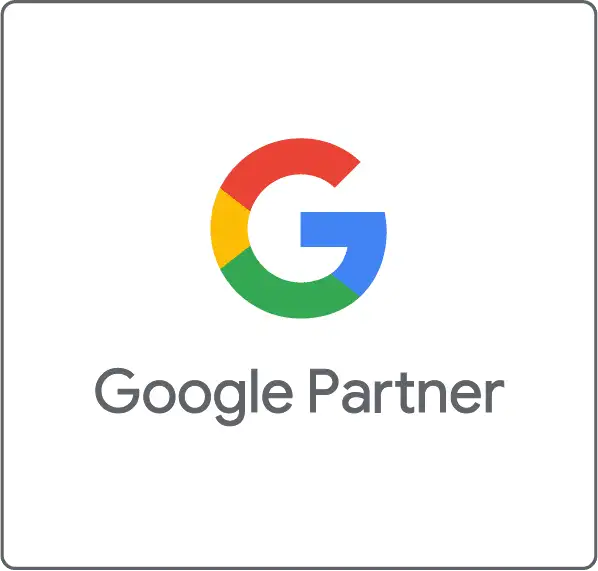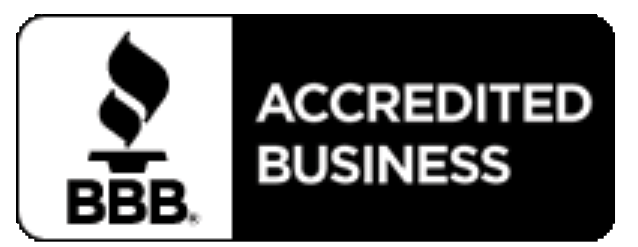Updated for 2023
In the previous post we discussed the history of demand side platforms. We discuss how they created so much opportunity for marketers, when compared to the old way of running advertising campaigns.
In this post we are talking about several key value propositions for a demand side platforms for media buyers.
1. Efficient Workflow
The first one is a more efficient work flow for ad buyers. Instead of wrangling 20 different sales people, and the accompanying excel documents, PDFs, contracts, and price negotiations, the workflow is simpler. Hit a few buttons and media gets turned on.
Think about the perspective of an ad network. There are companies who were built in the 2010s whose core value offering was to connect ad buyers with lots of great ad inventory.
That was good, but the amount of manpower needed to make those businesses work was staggering. There were teams of people who needed to reach out and manage individual websites.
Code was needed to be able to track people on website, and have the opportunity to serve up ads. The code wasn’t easy for some people to implement, so you had to help developers place the code that enabled ad insertion.
Each month those website owners needed to get paid, so there was a whole variety of invoices, and billing decisions that needed to happen.
Media buyers at agencies faced the same consequences. 20 different media properties on a media plan meant 20 different invoices, reconciliations, and accounting. The work of just managing media campaigns was staggering. And none of what I described was for the direct goal of optimizing campaigns.
On this front the DSPs, and the larger programmatic ecosystem, simplified all that. Companies could simply plug into existing infrastructure, without needing to recreate it. Demand side platform benefits businesses this way.
2. Opportunities For Lower Media Cost
One of the core demand side platform advantages was that advertising was bought and sold based on auctions, which meant that ad costs would be determined based basic supply and demand economics.
For the buyer, who would possibly have paid $5 CPM when buying directly from the ad seller, buying the same ad impression on a DSP would lower the cost to, for example, $3.50 CPM, which meant it was a saving opportunity for the ad buyer. This created opportunities for ad inventory sellers to sell more of their ad spaces, but a lower cost.
You might imagine the incredible amount of pushback that came from sellers who felt DSPs were eating their business. That pushback was a big part of the friction in this ecosystem at the beginning.
3. Scale
In 2024, the overall programmatic advertising landscape is expected to be $172B in the US.
This total programmatic spending is 91.9% of all display advertising, comprising of media that isn’t search, email marketing, SMS, or affiliate marketing. That’s huge.
That means that through DSPs the advertiser has access to about 91.9% of all available inventory, depending on the DSP you choose, and the needs you have for your campaigns.
Media is bought on the open exchange and direct deals through private marketplaces.
Multiple channels are available, including connected TV, digital out of home, digital audio, and native advertising. With even more consolidation, having access to a general demand side platform creates even more opportunities for media buyers.
So, rather than going to 20 different websites, I have my hands on tools that can lead me across publications, across consumers, and across targeting filters, to reach just the right audience with precision.
4. A Whole World Of Media Inventory And Data
When talking about scale it’s not only volume, it’s about that precision.
In 2023, just one of these platforms has over 220 different data providers, over 50 different sources of ad inventor, and, an estimated 1,00,000 different pre-existing consumer segments. Top brands in data are available, including Acxiom, Nielsen, Experian, Identity Alliance, Equifax, Transunion, Visa, and Mastercard.
From there, the targeting just expands with tools that plug into DSPs. There are limitless targeting combinations. For example, let’s say you are the brand manager for Ghirardelli’s caramel products, and you have identified that your next marketing campaign will be to people who use caramel in apple pie.
The targeting is so precision that your ads can appear only on websites that are about recipes, like AllRecipes.com, FoodNetwork.com, and niche sites like OfBatterAndDough.com, and blogs like CarlsbadCravings.com.
Further, you may only want your ads to appear on the exact pages that mention apple pies.
With contextual targeting, the ads can be filtered either to the individual URLS with the recipe for apple pie. Or, keyword contextual targeting can be deployed so that any page that has the words “apple pie” and is about baking apple pies, is eligible for your ad to run.
5. Democratization Of Media
When I look at Ghirardelli’s competitors, two come up: Morley Brands, that produces Sanders Candy Caramel. And, even smaller, is JQD Salt, which makes what appears to be some really great sounding burnt caramel with finishing salt.
This sounds so good right now. Both brands can go up against Ghirardelli, and run ads on the exact same pages on AllRecipes.com, FoodNetwork.com, and other places, just targeting those apple pie recipes.
With a few clicks these smaller, and small brands can directly compete with a large name brand that dominates the confection space. This is how advertising has become democratized with demand side platforms.
6. Fast Feedback For Reporting
Once campaigns are live the performance indicators are quickly available. Within hours we see impression delivery, clicks, conversions, sales, leads, and a variety of data to look at.
For example, we see where the ads run, where they have the most clicks, where the ads turned into a sale, the revenue amount tied to the sale, and so much more.
We’ll see performance by device, so are we providing a good mobile experience, and are people buying on mobile? While we typically don’t make big optimization decisions within a few hours of a campaign launching.
This demonstrates how quickly we get a pulse on campaigns. After days and weeks we have enough data to make decisions about the placements, platforms, channels, and creative executives that are driving the success of these campaigns.
The advertiser is informed about what works and what doesn’t. Enabling them to become smarter about their own business, while the optimization team drives results with data from the DSP.
7. Business Gets Smarter Faster
In aggregate campaign data is a big deal for advertisers, because demand side platforms are the conduit to real time feedback from customers.
While focus groups are still important and very necessary to brands, they can only go so far.
Advertising messages that are “in the wild” tell a robust story about the journey the consumer takes, the messages they like the best, the promotions that are most resonant, and the imagery that is most compelling.
The paid media campaign powered through the DSP informs the advertiser about the ground level element that get the consumer to take action.
Such learnings inform future promotions, future product offerings, and even a way for brands to innovate on new designs.
8. Operating system for advertising
As a whole, the demand side platforms are the operating system for paid media.
They are the conduit to consumers, data, ad inventory, support tools, campaign reporting, and insights.
Great deployment of a demand side platform for an advertiser means an overall more effective way to reach consumers with substantial more focus on campaign optimization and data driven analysis.
And, it means much less focus on the non-value driving components of buying advertising. Just think about the amount of work that it would take to buy ads on 20 sites, much less 100, or 1,000 very niche media properties where your customers are right now.
The amount of sales, negotiations, and back office work like accounting and invoicing saps away the most valuable work that a brand should be getting, which is on the ground optimizations to make campaigns better, smarter, and more productive.
In the 15 plus years that DSPs have existed the output for advertising has exponentially increased, while the personal workload on the individual has decreased.
Gone are the days of site by site media planning as a necessity. Certainly, brands can still work this way. And, there are some definite use cases where this makes sense. But to scale a brand, whether a mom and pop, or a Fortune 500, advertisers have adopted the demand side platform, which is an operating system for advertising.
9. Top Demand Side Platforms
The Trade Desk
Best general DSP based on the rich data environment, customization, robust reporting, and cross channel ad targeting
Simplifi
Great for location advertising and hyperlocal advertising campaigns
StackAdapt
Strong for combining display advertising with dynamic creative in one platform
Vistar
Best in class for digital out of home advertising. They have a great forecasint tool and map that shows the exact location for all of its screens. Game changer.



